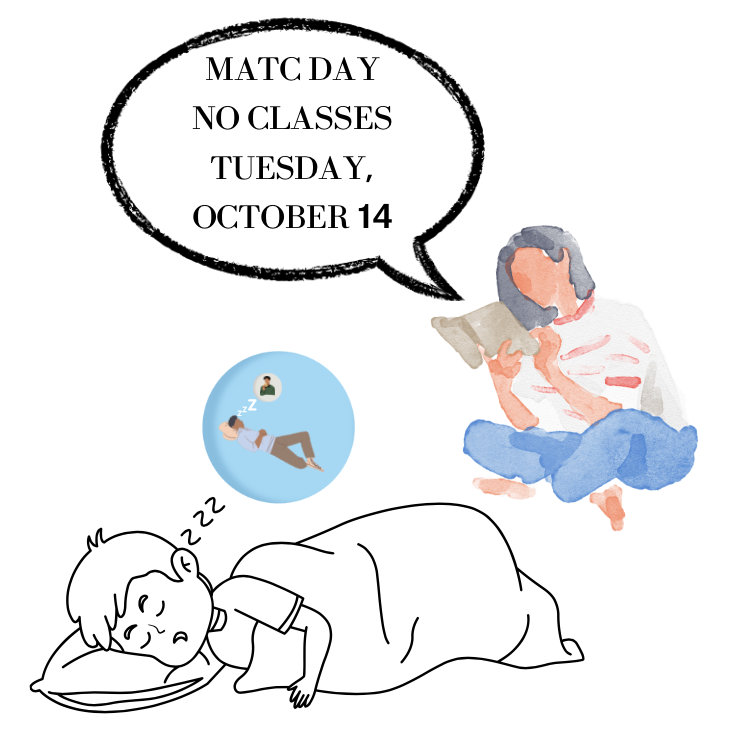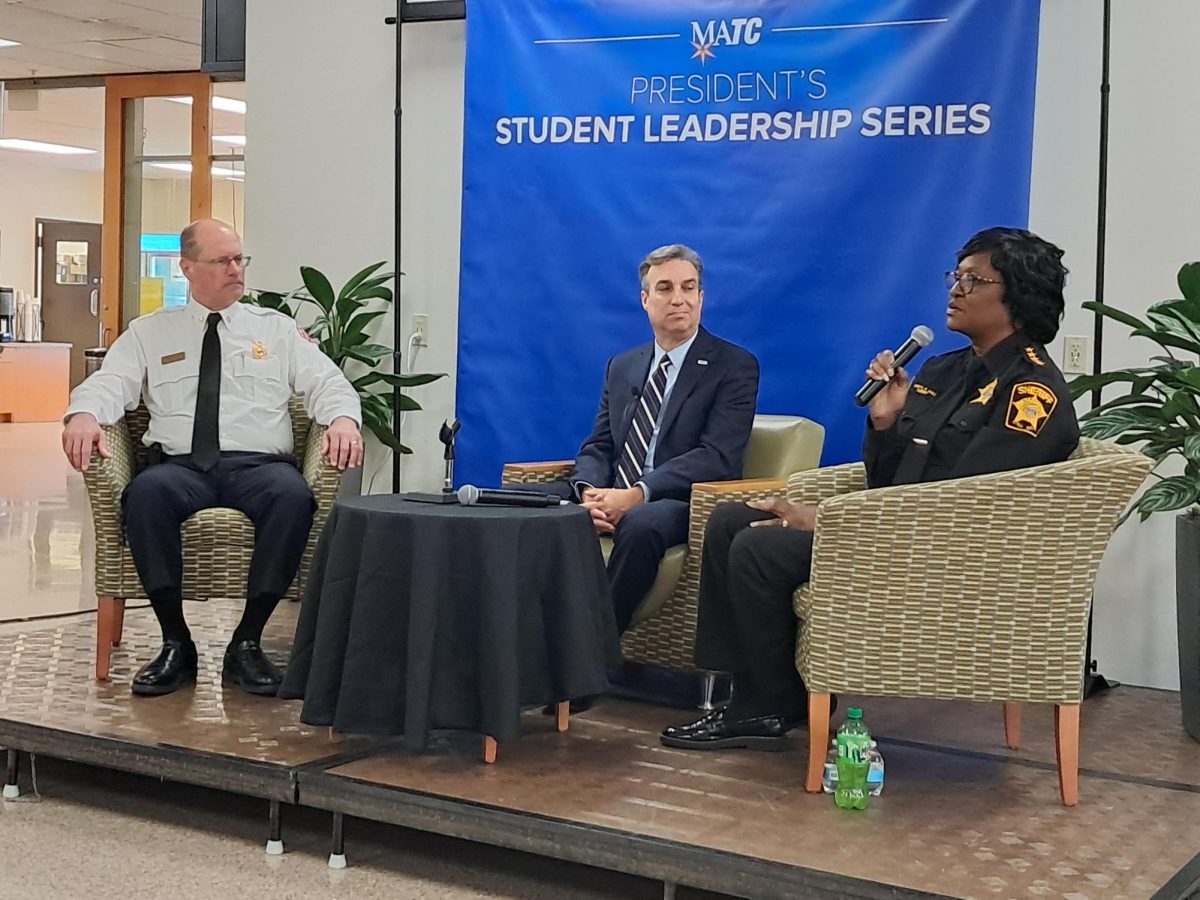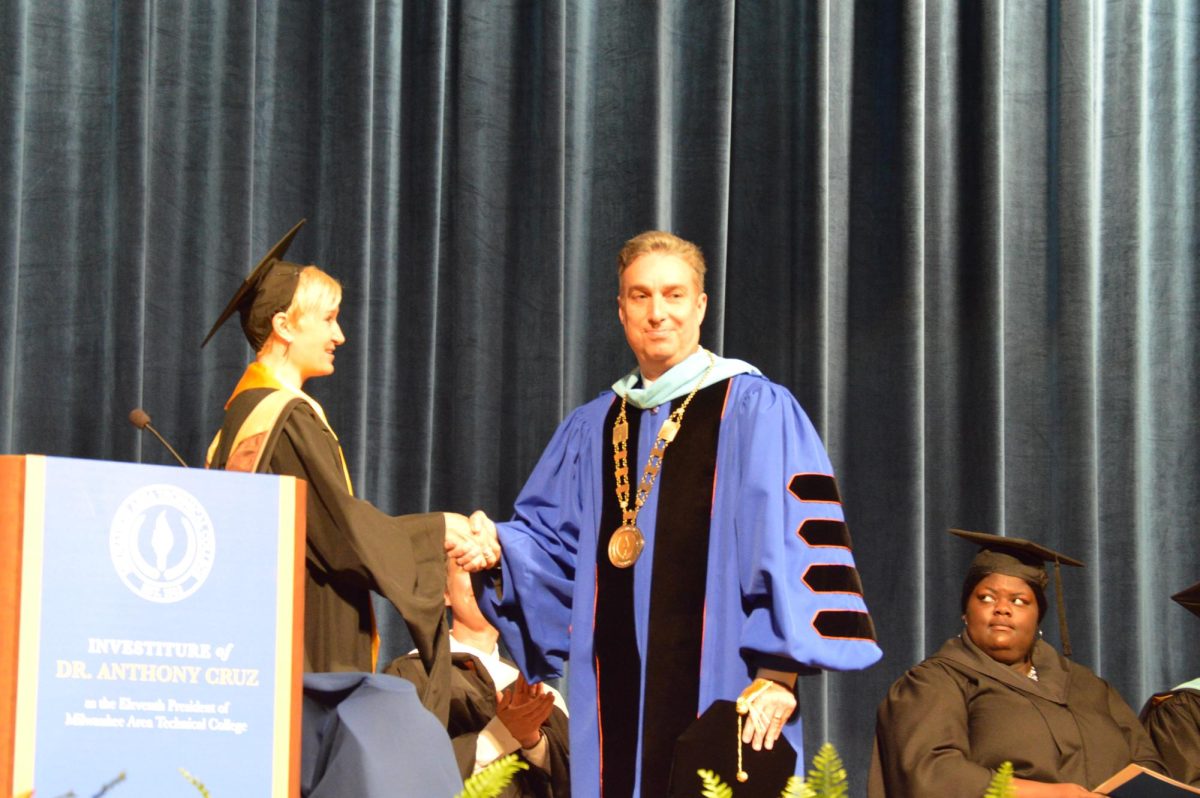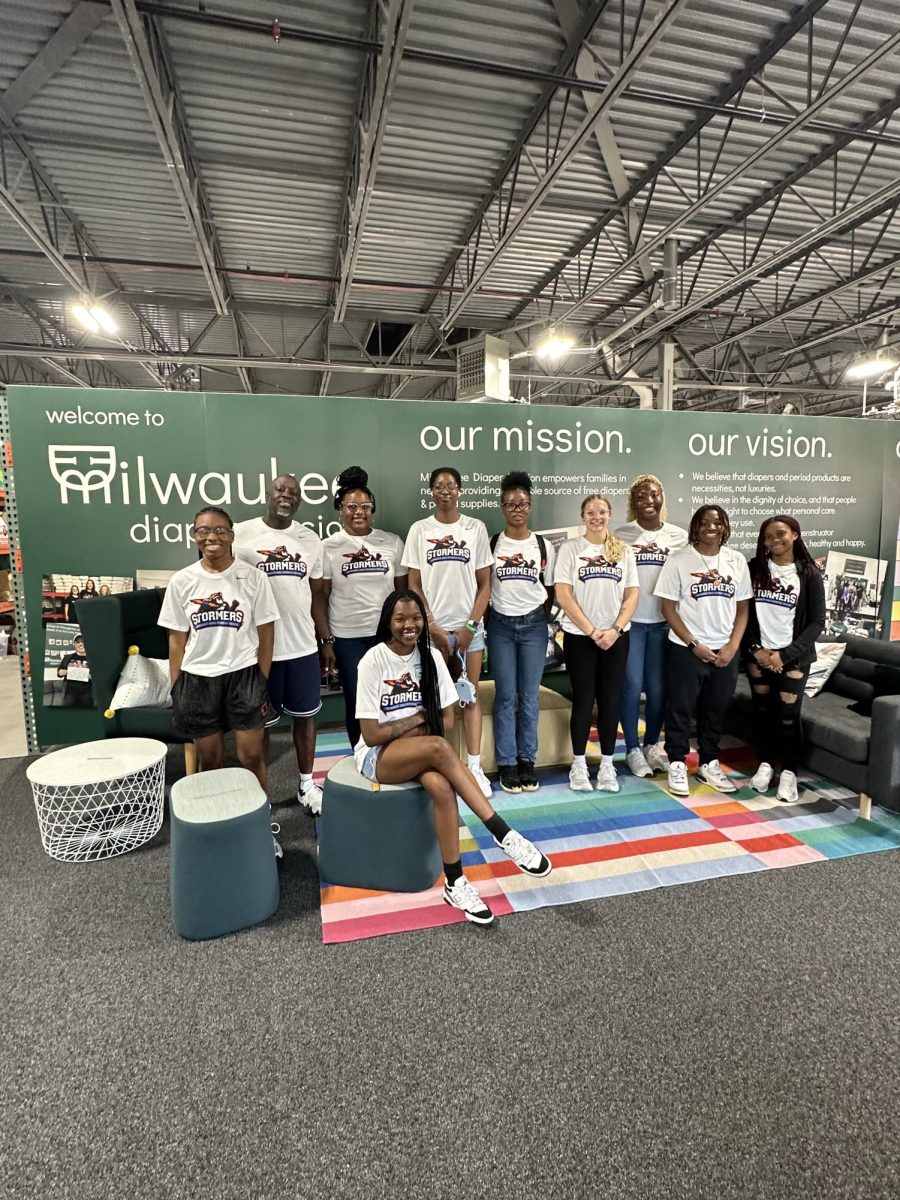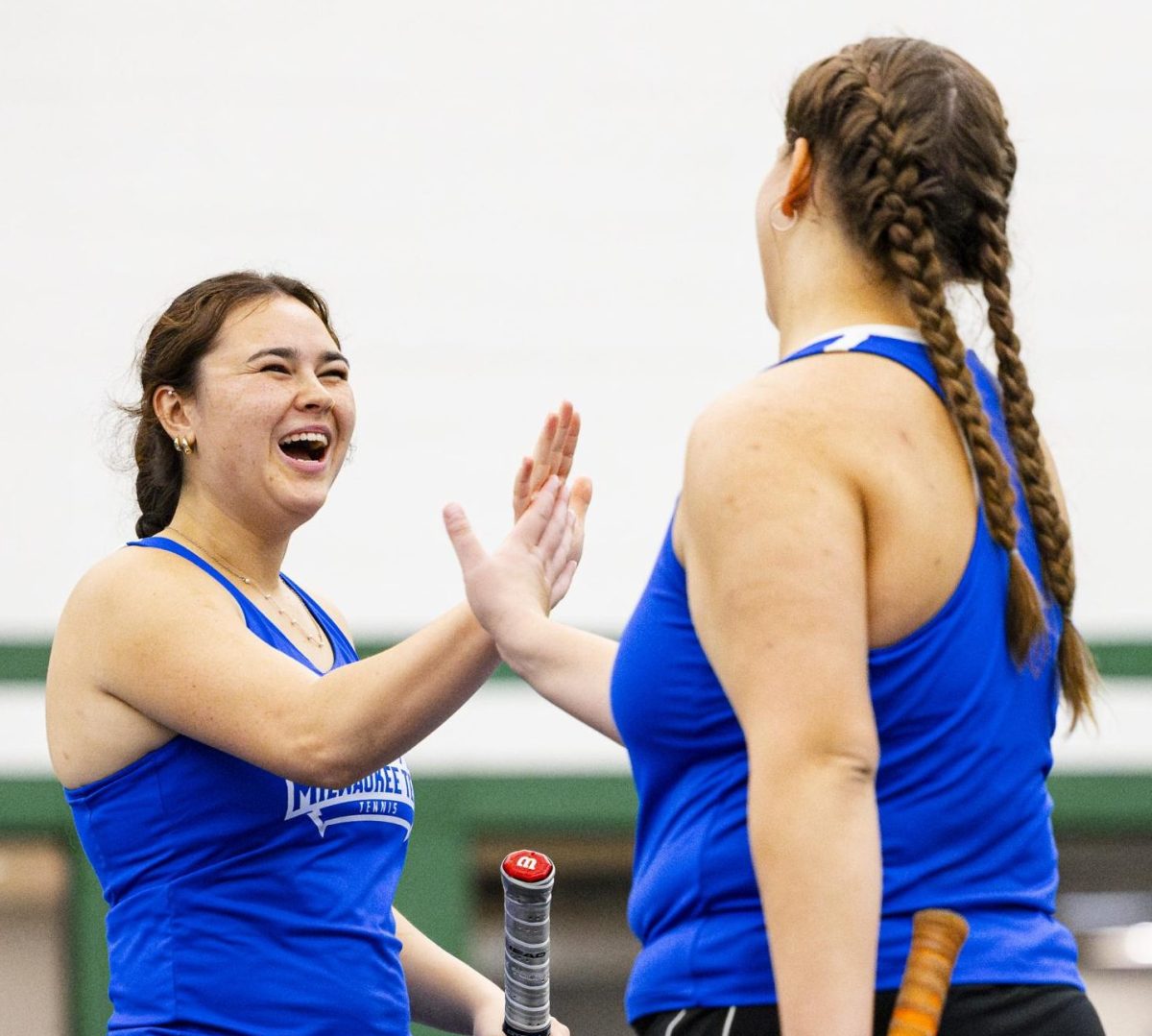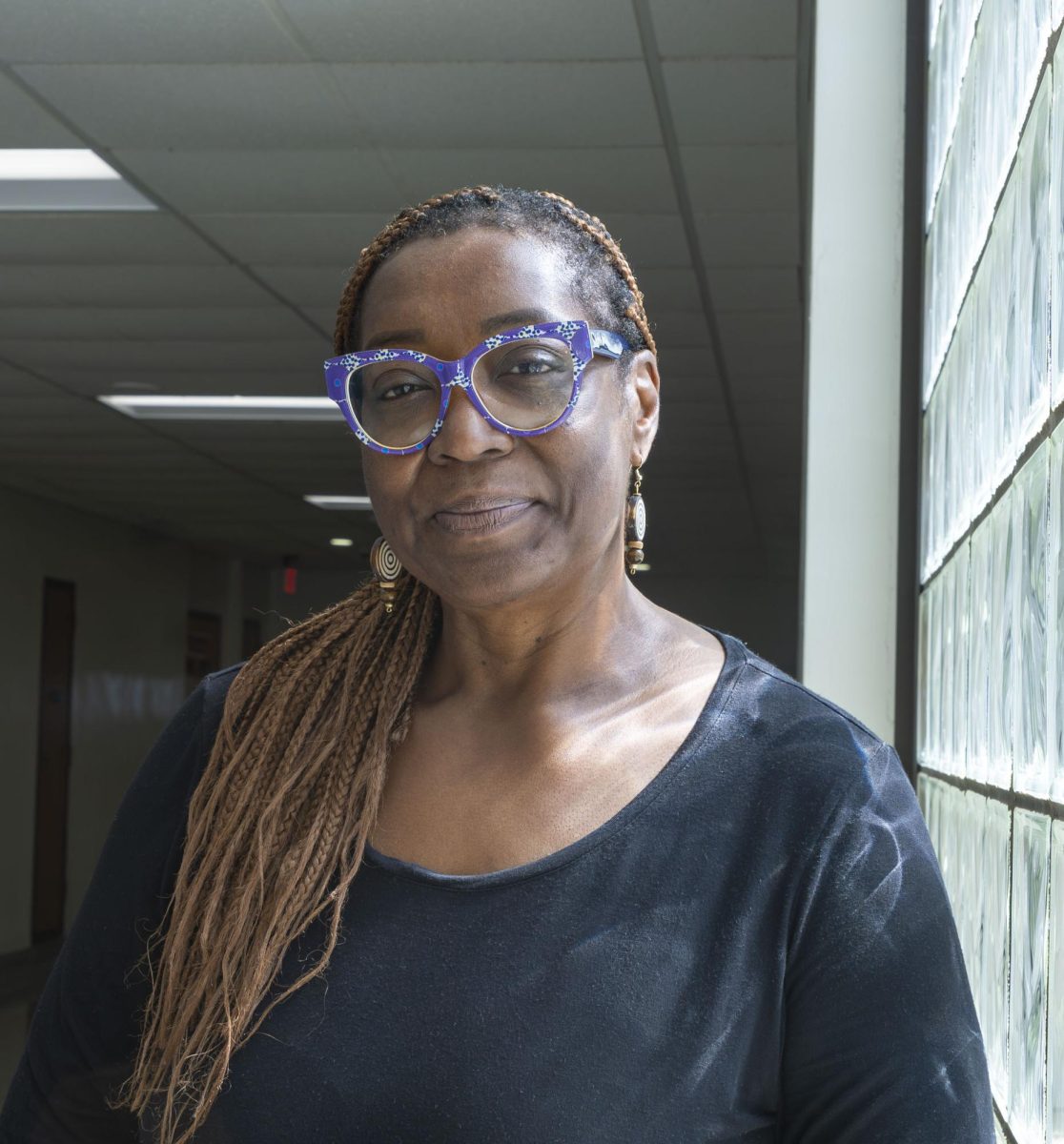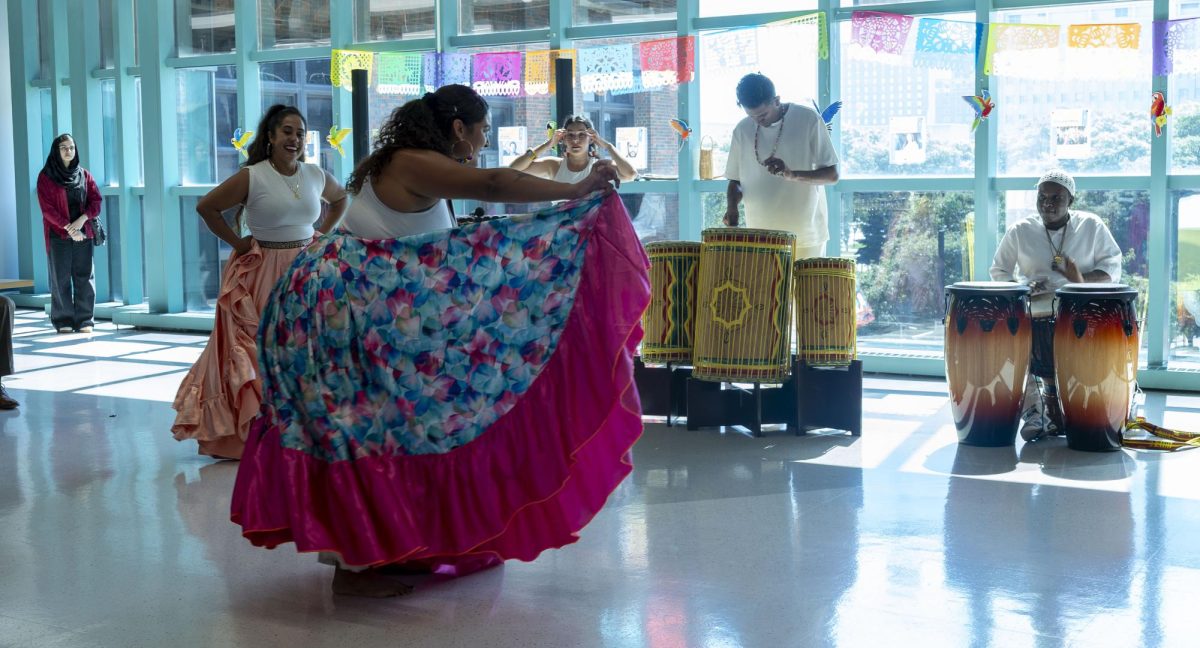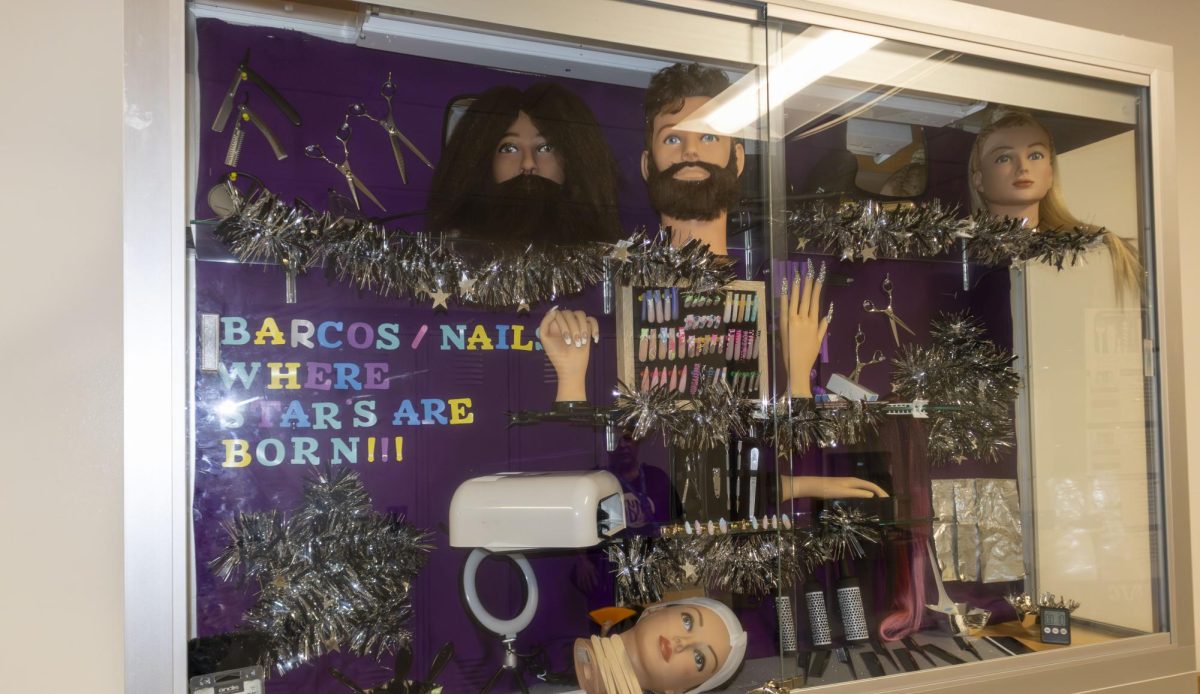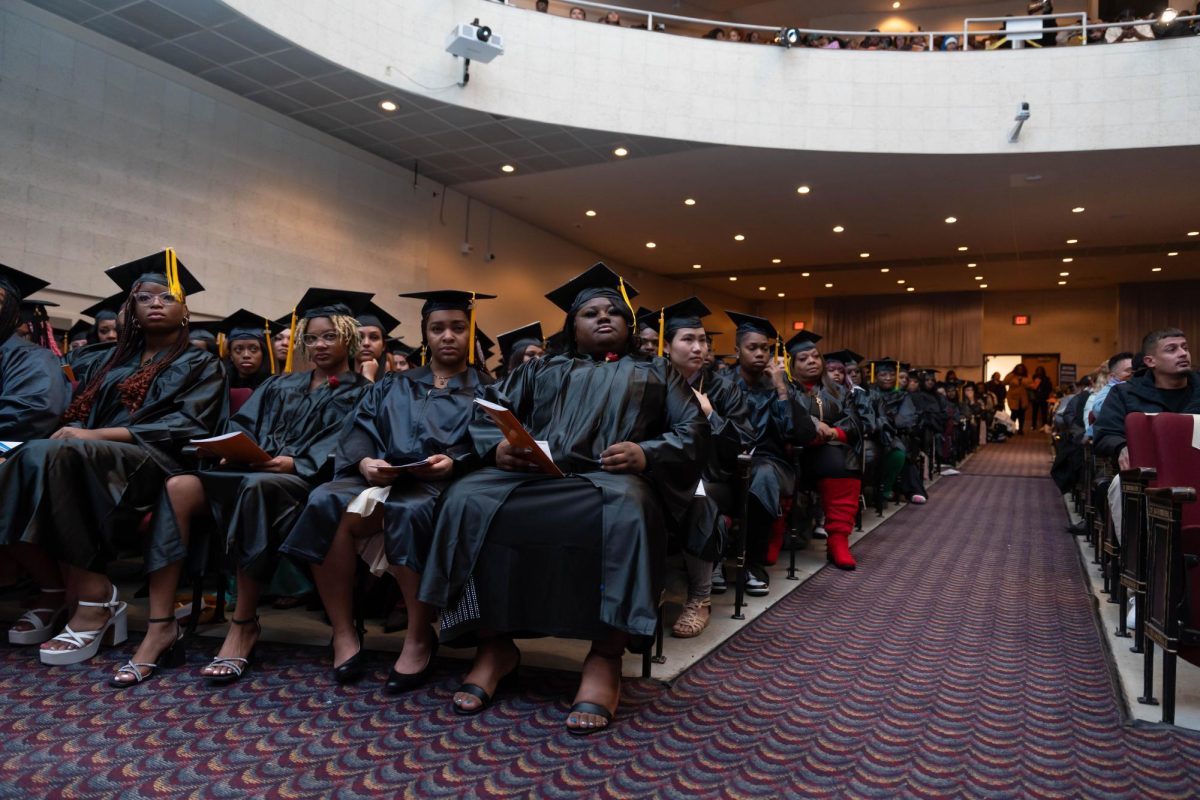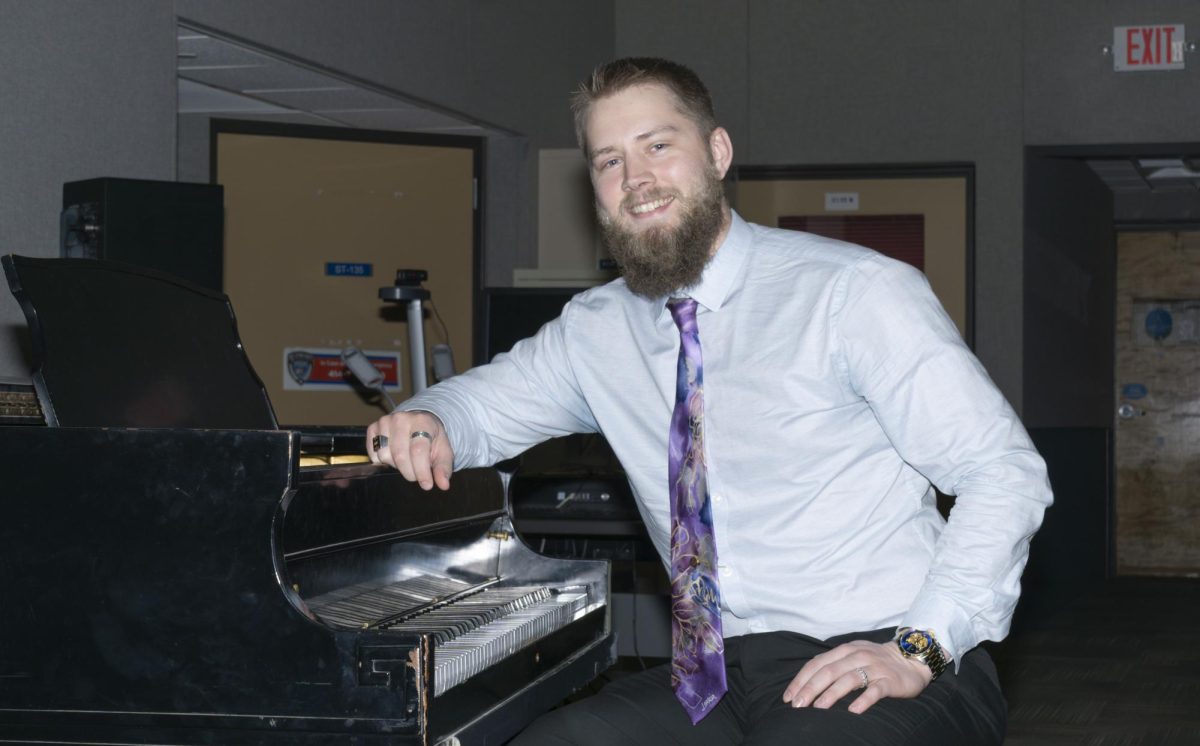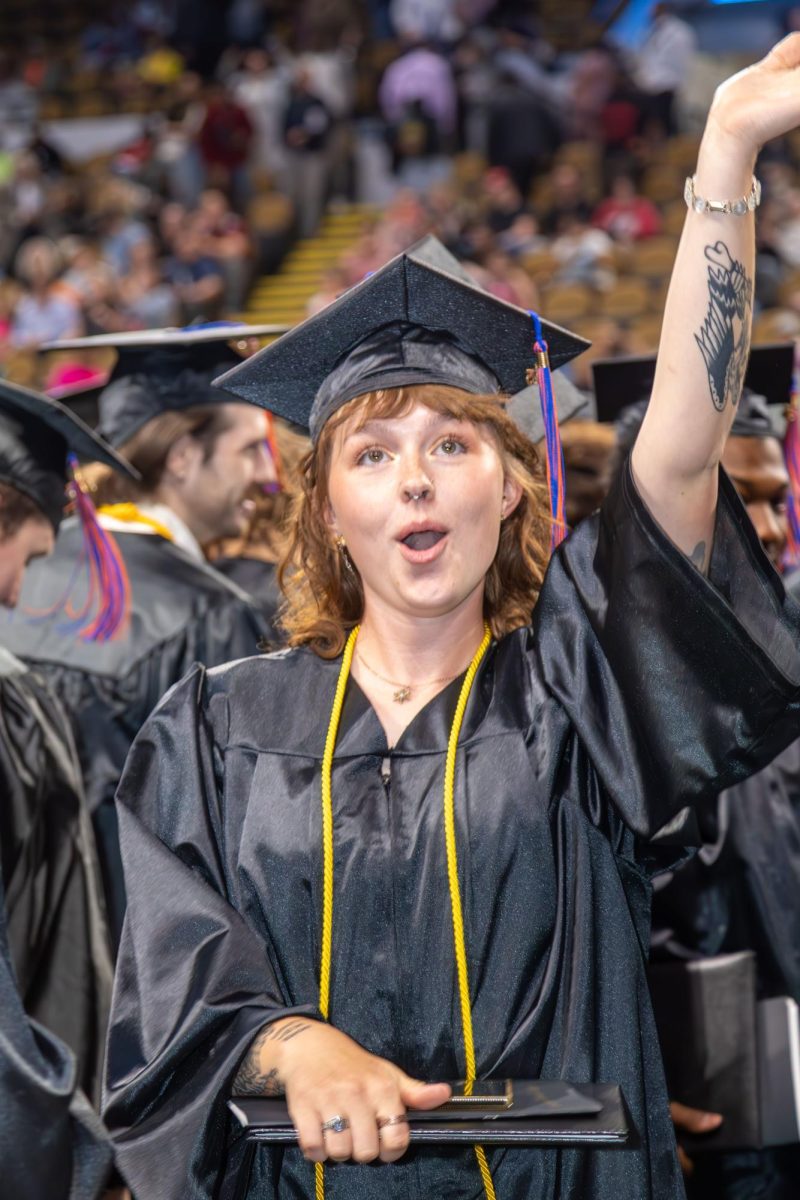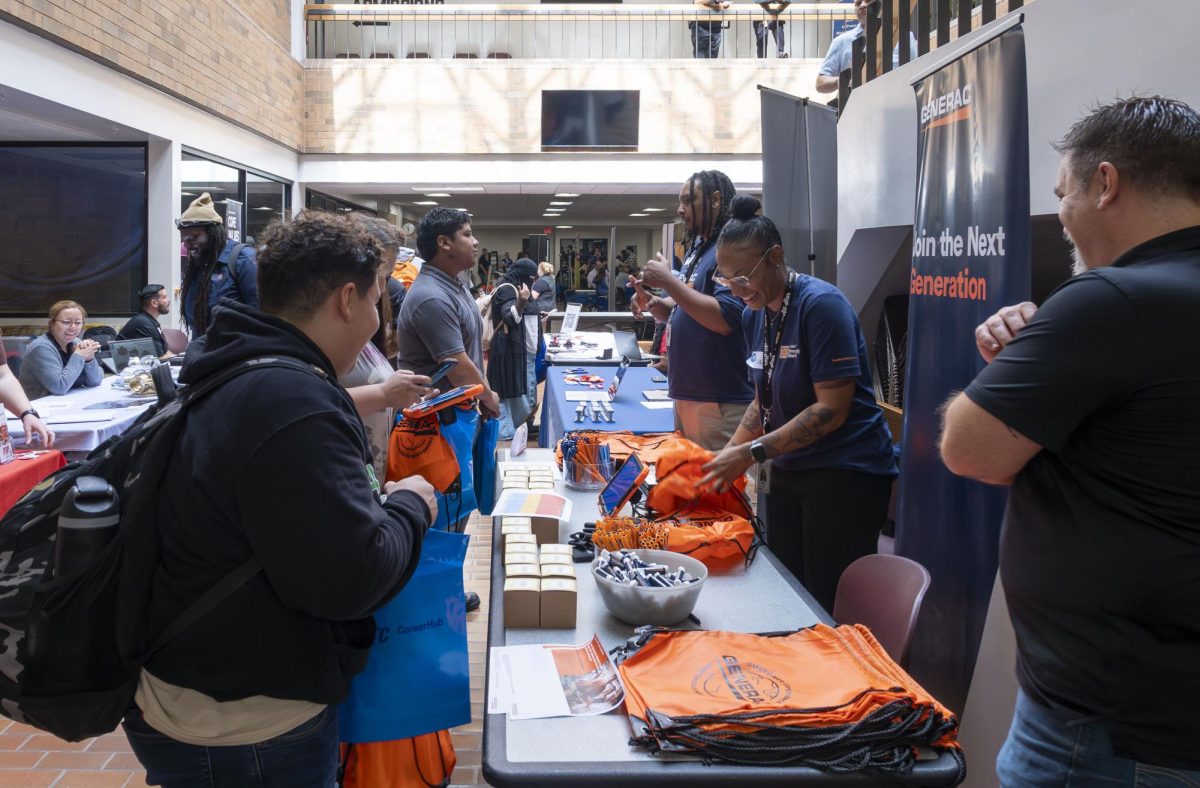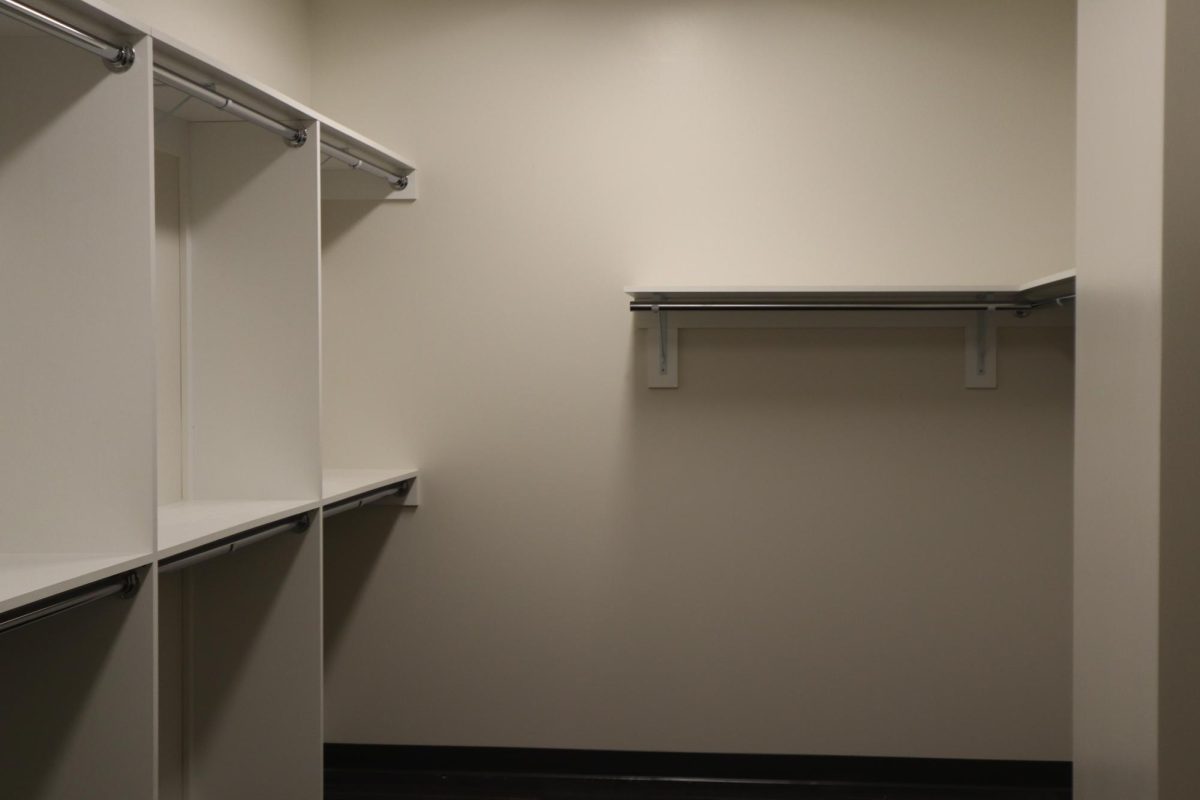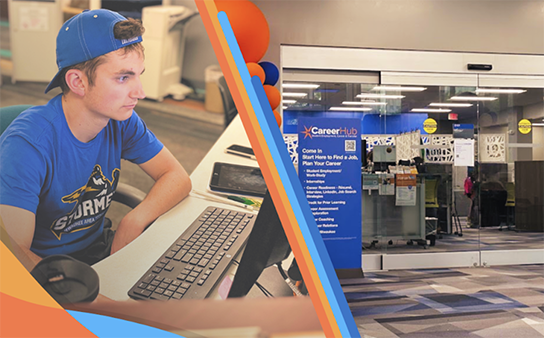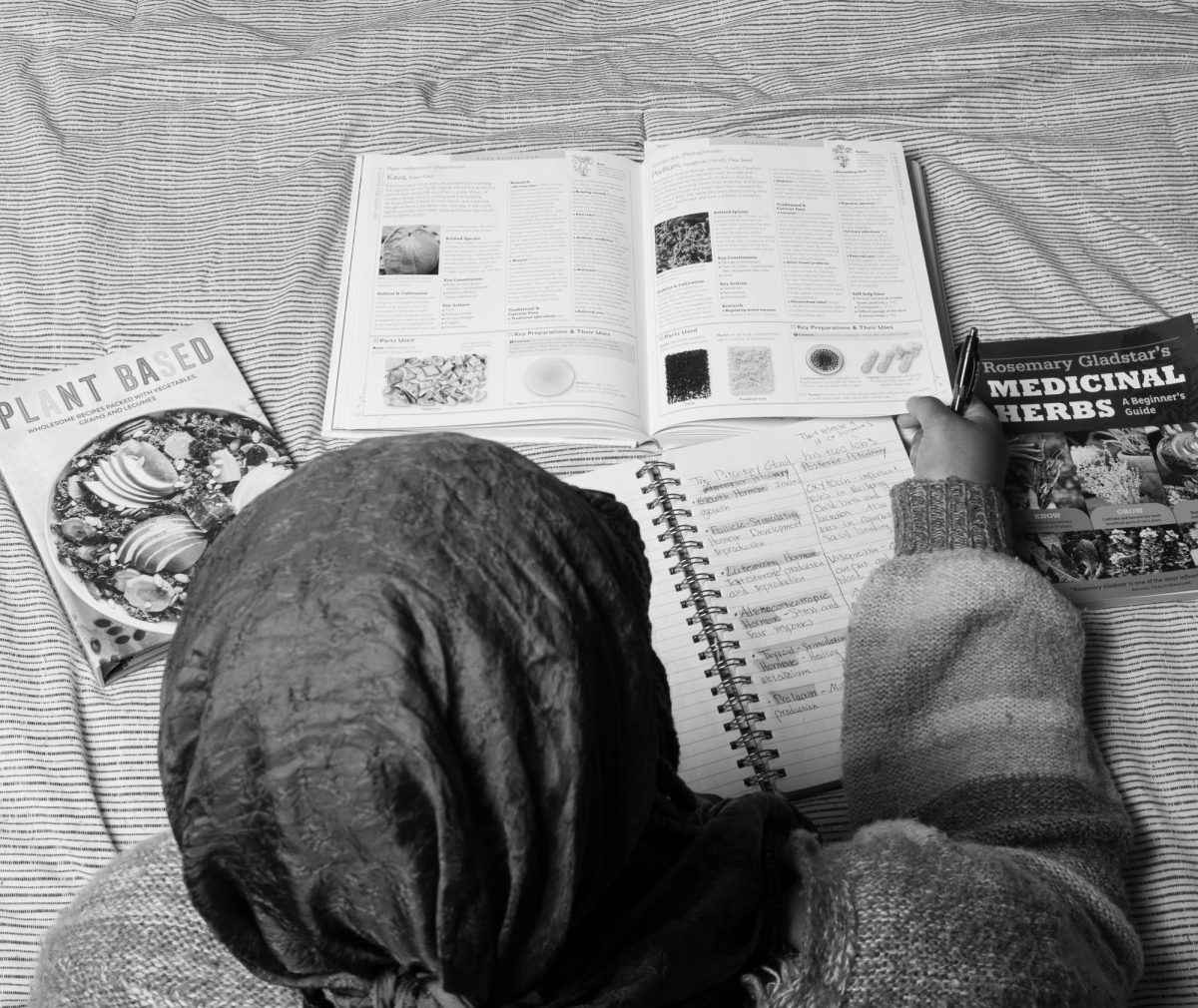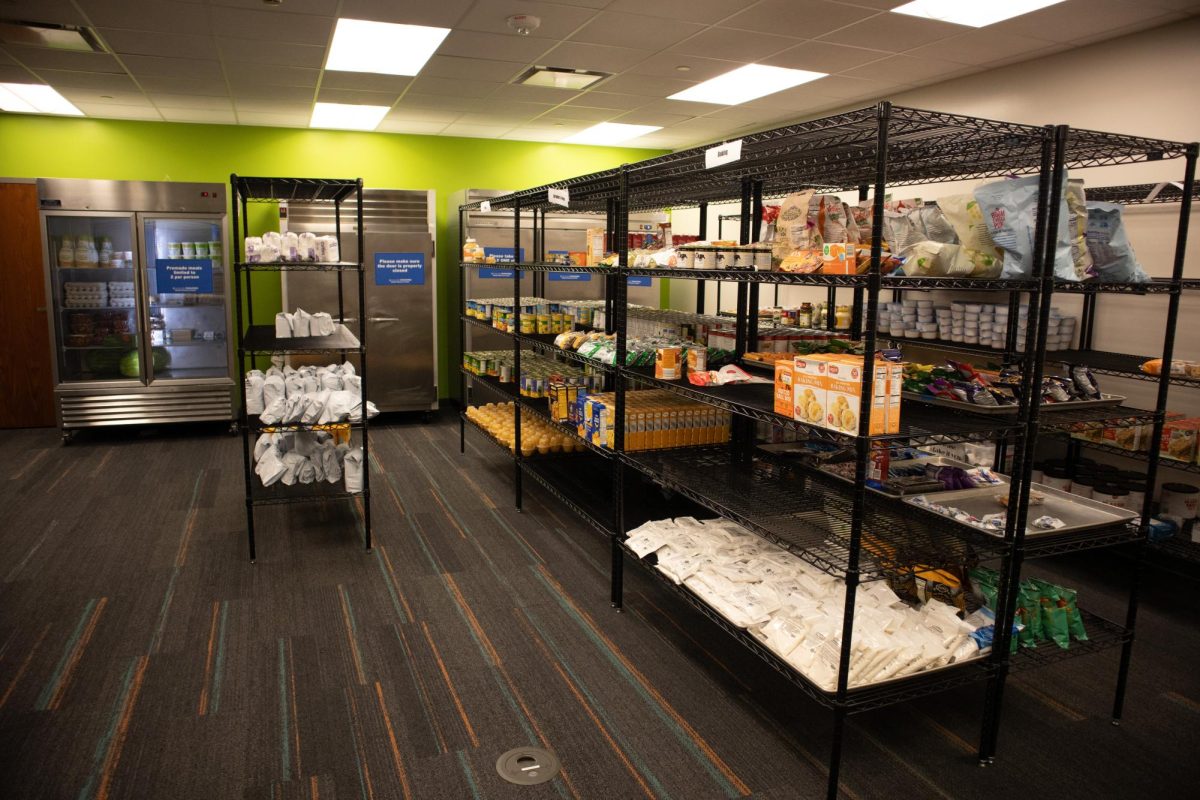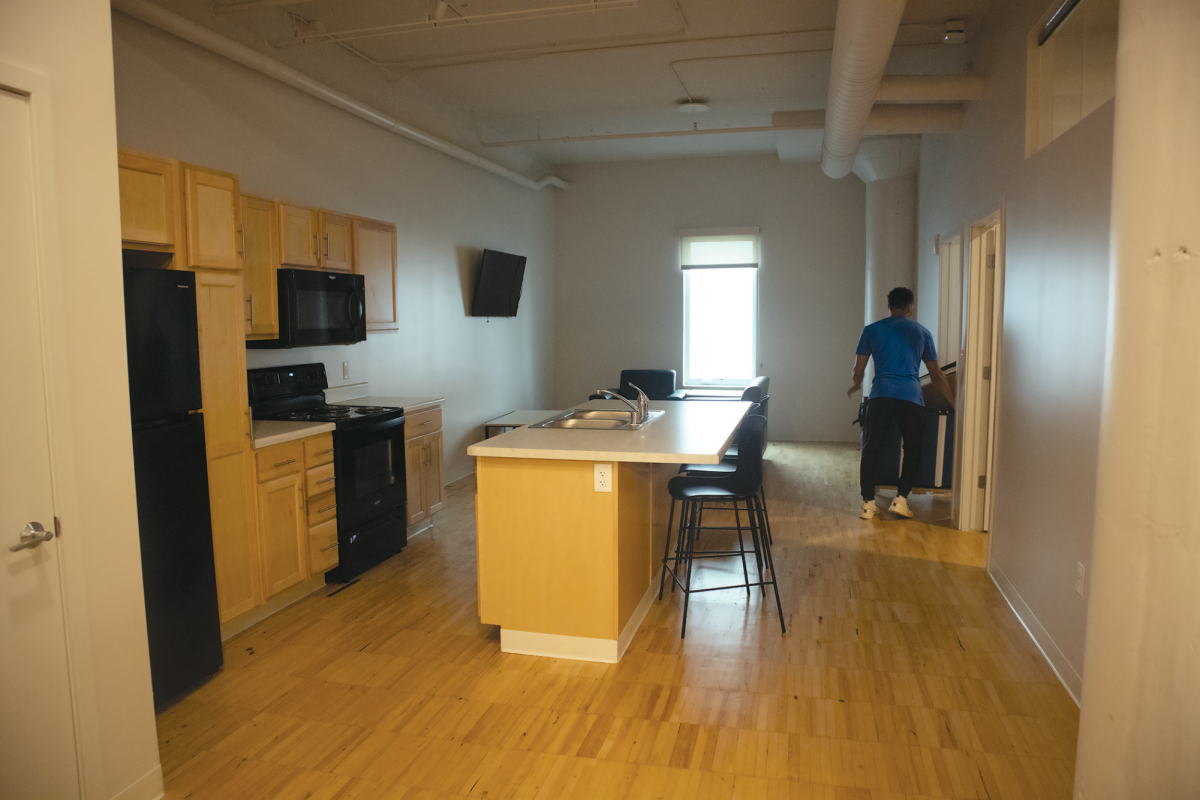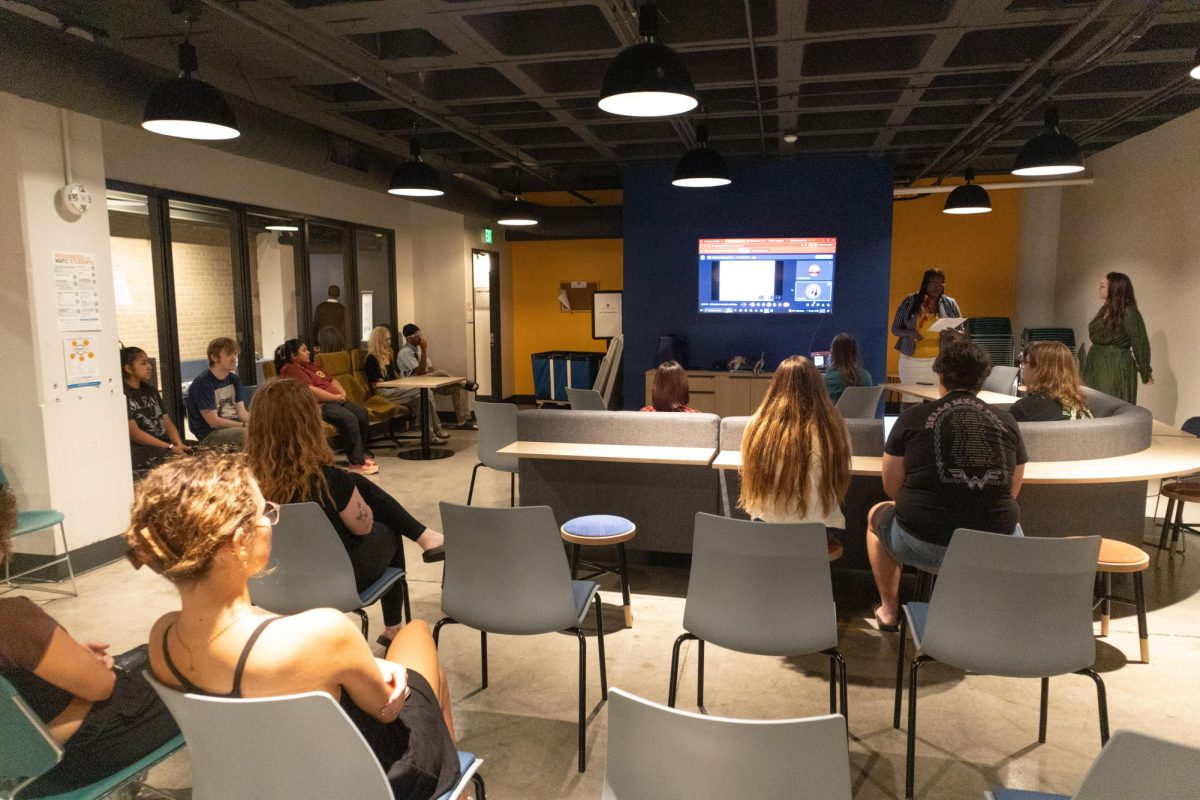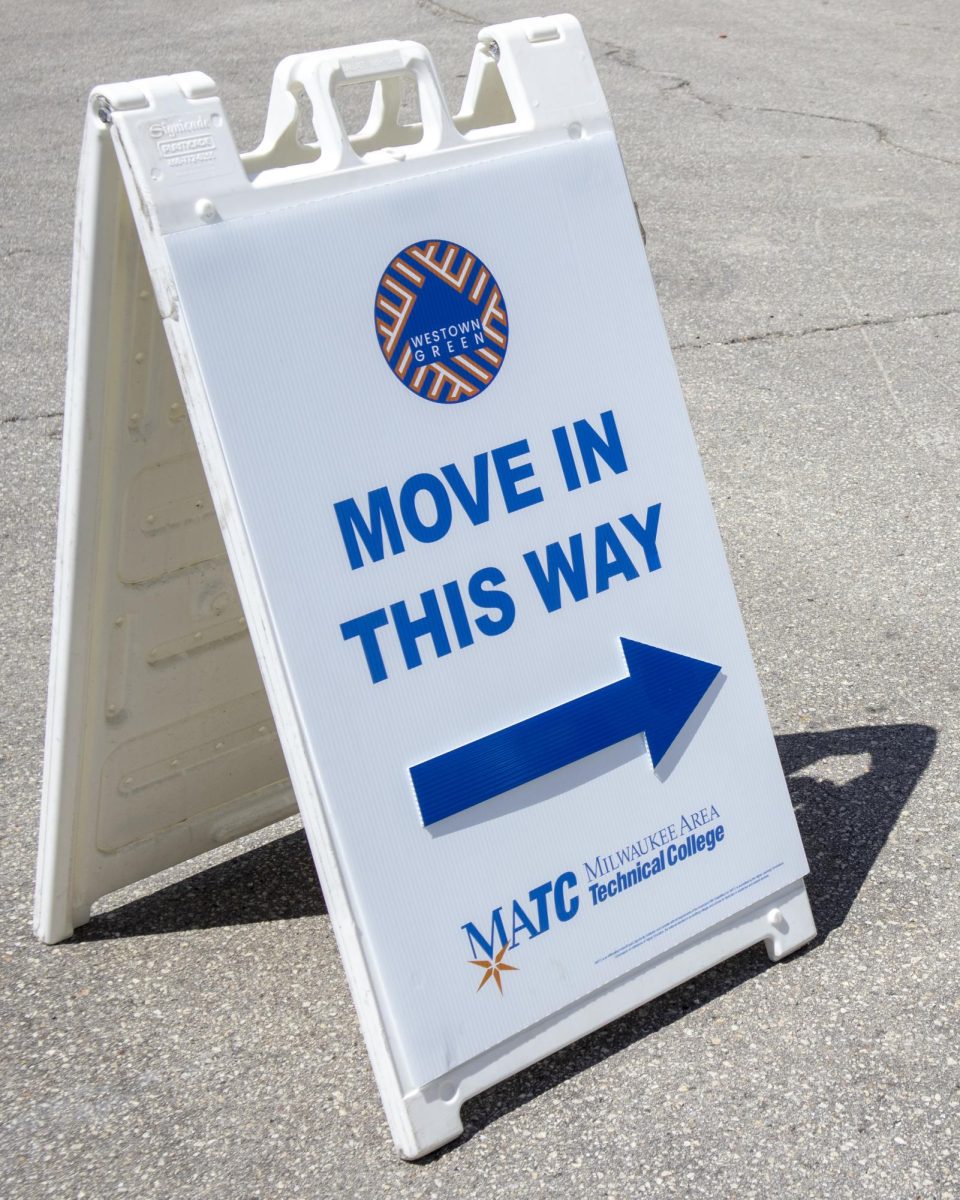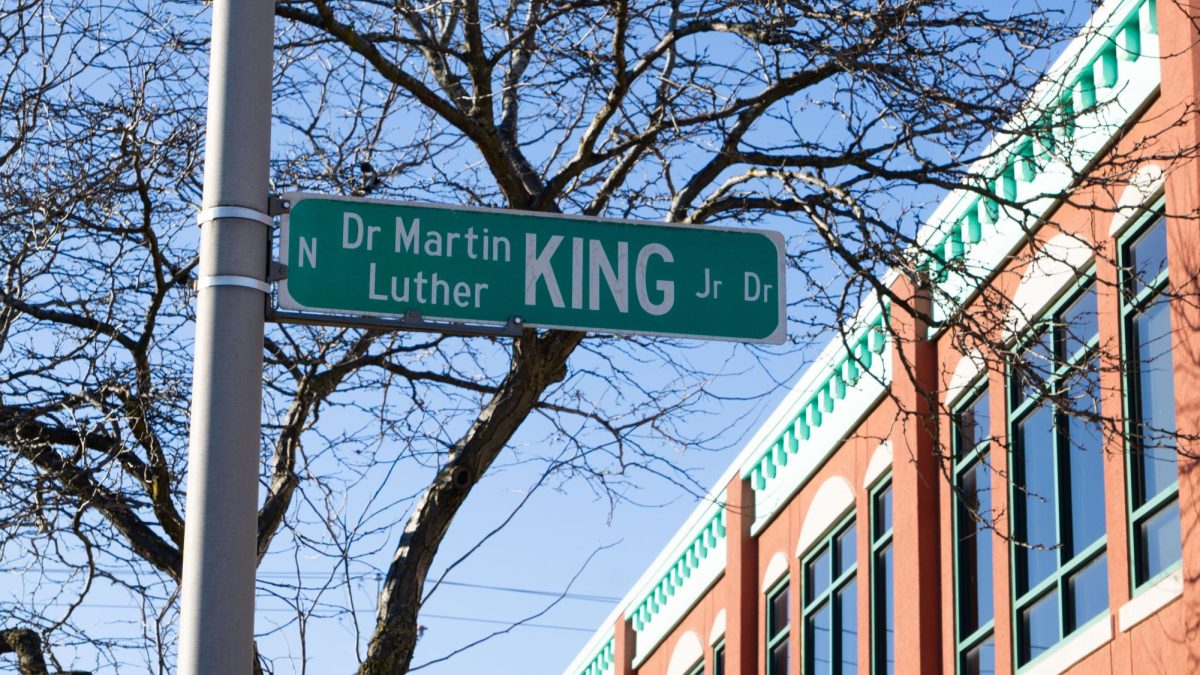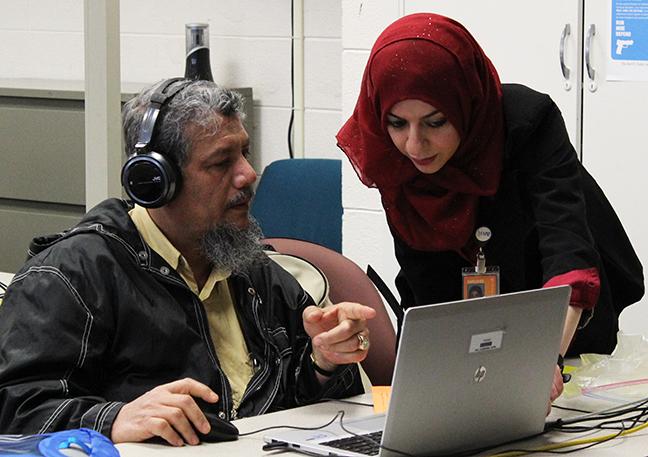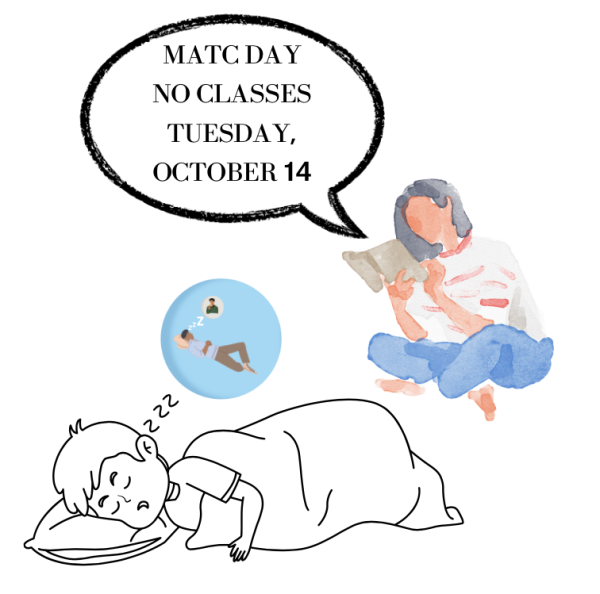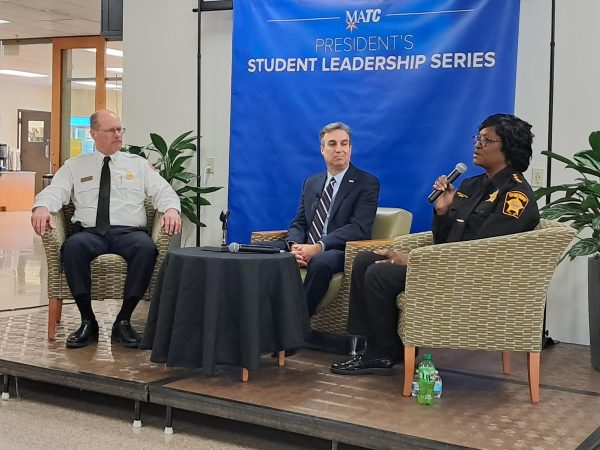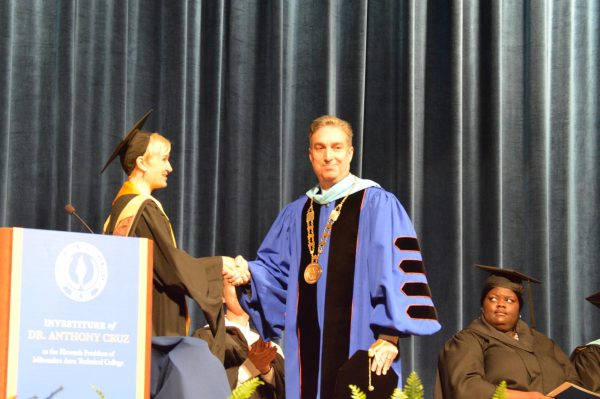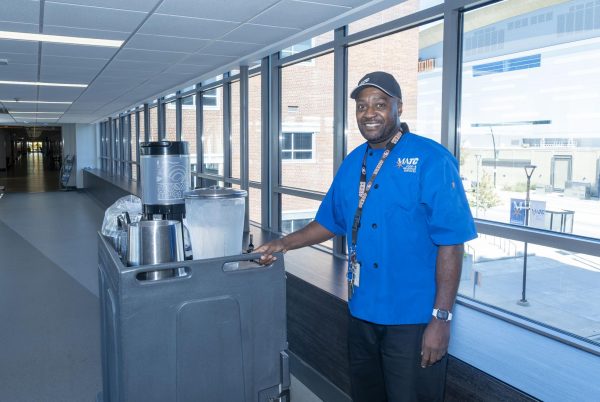ESL students seek resources to improve skills
Outside of classroom resources needed for ESL students
Photo by Keith Schubert
Bara Omari helps an ESL student with his work at the MATC Downtown campus.
Aurora Gonzalez is no stranger to moving from place to place. She was born in San Luis Potosi, Mexico, and lived in many cities throughout her native country. However, she had never traveled outside of Mexico when her husband was offered a job in Milwaukee. When Gonzalez learned she and her family were moving to the United States, she was hesitant. “It was new and sort of scary,” she said.
Gonzalez and her family completed the move to Milwaukee on July 4, 2010. Suddenly, she found herself with a new life in a new city. With it came a new and unfamiliar language.
In 2011 she enrolled at MATC to learn English, taking classes through the School of Pre-College Education’s English as a Second Language (ESL) program.
The ESL program serves U.S. citizens, resident aliens and refugees living in the Milwaukee area. The two main goals are to prepare students for postsecondary courses and programs, and to help students learn English so they can function more effectively at work, at home and in the community.
Gonzalez has taken six semesters of ESL classes and still struggles with English. “There’s too much focus on grammar, not enough on speaking – we speak almost nothing,” she said. Gonzalez attributes many of her struggles to the lack of resources available for ESL students. “We [ESL students] need more help outside of the classroom,” she stated.
Mike Krull, MATC ESL instructional chairperson, agreed that the time ESL students spend in the classroom isn’t enough. “They come to campus for class, they speak English here, but after class they leave campus and almost immediately start speaking their native language again,” he stated.
Helen Canellos, Gonzalez’s instructor, also recognizes the need for additional practice. Canellos said she encourages her students to speak as much English as possible. “I give them small-talk phrases to use when they’re navigating American life, like checking out at the grocery store or talking to the bank teller,” Canellos added.
Gonzalez participates in Conversation Partners, in the language lab on the third floor of the Main building, at the Downtown Milwaukee campus. Last semester she met as often as twice a week with a native-English speaker who is learning Spanish, so they could each practice their new language.
Gonzalez enjoys Conversation Partners but admits learning English from another student isn’t the most effective system. “It’s just not enough; there still needs to be more [resources],” expressed Gonzalez.
Krull and Canellos cited Conversation Partners as one of the two options for additional instruction.
The other option for ESL students is to meet with Brian Spaeth, an educational assistant. Spaeth is the only educational assistant for more than 500 ESL students at the college’s four regional campuses. He splits his time between the downtown and Oak Creek campuses, leaving the students at Mequon and West Allis campuses without onsite assistance.
Regina Smith, dean of the School of Pre-College Education, said she is aware of the need for more resources. Smith is doing a needs assessment for the School of Pre-College Education and said, “I know we need tutors and more educational assistants and that is something I will include in my plan that I present to the provost.”
Krull suggested hiring part-time teachers to serve as tutors as one way to help ESL students. “They already know the curriculum so it would be easier than hiring and training new tutors,” he said.
Gonzalez suggested that an even simpler approach could benefit ESL students. “I think if we just had a class of real conversation, without books for maybe two hours, it would help a lot,” she said.
Former editor-in-chief 2016-17

